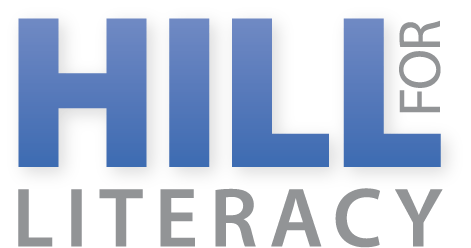Lasting Literacy Learning: Lessons From a Sloth
It was on my honeymoon in Costa Rica almost two years ago that I understood how to describe the work we do at the HILL. Each of us Facilitators would describe what the HILL does a little differently, but this is what I might say:
We help schools and districts create systems for teaching literacy around curriculum, assessment and professional development. Because we are all literacy content experts and organizational change agents, the work we do merges the best research practices in both literacy and the whole school change process.
What does this actually look like? My friend and fellow HILL Facilitator, Eleni Steadman consistently teaches me that a picture speaks a thousand (or at least twenty or so…) words. The speech-language pathologist in her reminds me that when you reach a point of disconnect with your audience, using an analogy to create a visual representation is the way to go. This is what brings us back to the heart of the rainforest in July 2010, where I figured it out. See if you can visualize it:
You are walking along a path looking up into the trees when you see something not too tree-like just hanging there. Furry brown tinged with green, the color of the tree bark, algae nourished by the warm, moist air growing upon it. You stand and watch. Is it a mess of tumbleweeds blown into the air and caught by the tree branches? You look down. Is there any of that on the ground? Where would it be coming from? You look up. Still there. You wipe sweat from your brow, take a gulp of water, kiss your companion (it is a honeymoon, after all!) You look up.
A muppet-like face, scrunched enough to close its eyes turns in my direction. Yes, after five minutes of watching, you confirm: it is a sloth! And it is alive. Isn’t it? Why is it just hanging there? Eureka! That’s it!
Making change in schools is like watching a sloth move.
As a HILL Facilitator, I guide schools through various activities, whether it is developing an assessment framework with a district leadership team, directing instructional walkthroughs with school leaders, or modeling explicit vocabulary instruction for classes full of eager children with a team of teachers watching, all in accordance with a carefully crafted action plan. But how does this impact classroom practice? How does it increase literacy learning for children? And, my oft-asked personal favorite– When will I see the impact of the careful work I do?
A sloth moves out of necessity. Even then, a sloth makes careful preparations before it moves its body. A sloth moves when it is ready. And finally, just like my honeymoon sloth in Costa Rica, a sloth moves so slowly that even as we gaze upon it, we often don’t realize it has moved. I can look away, turn back a few minutes later, and the sloth has completely changed its position! Sloths are awesome, fascinating, endearing and complex creatures.

The necessity to change, together with the guided preparation to do so, results in a deliberate, lasting and significant effect.
So, too, is a school going through the process of whole school change. My role as a Facilitator at the HILL is to work tirelessly and compassionately to carry out the careful, necessary preparations that enable learning for students, teachers and administrators. The miracle of this work is the same as that of our friend, the sloth. The necessity to change current practices, together with the guided preparation for making this change, results in a deliberate, lasting and significant effect within the organization of the school, and in the literacy learning lives of our students.


